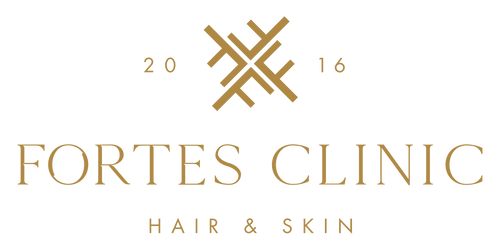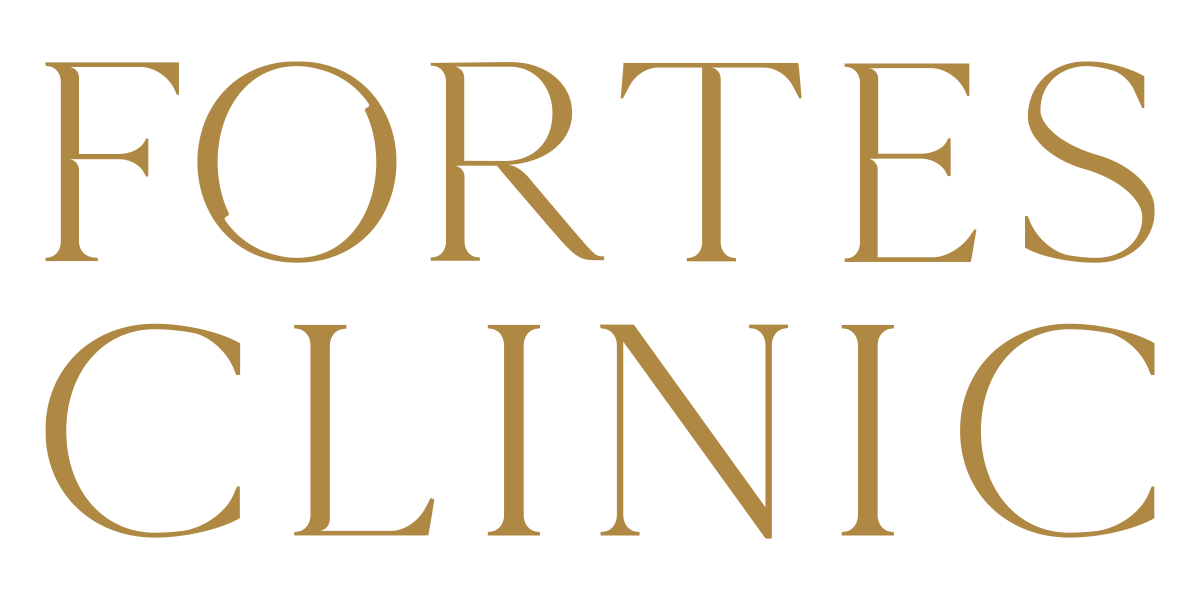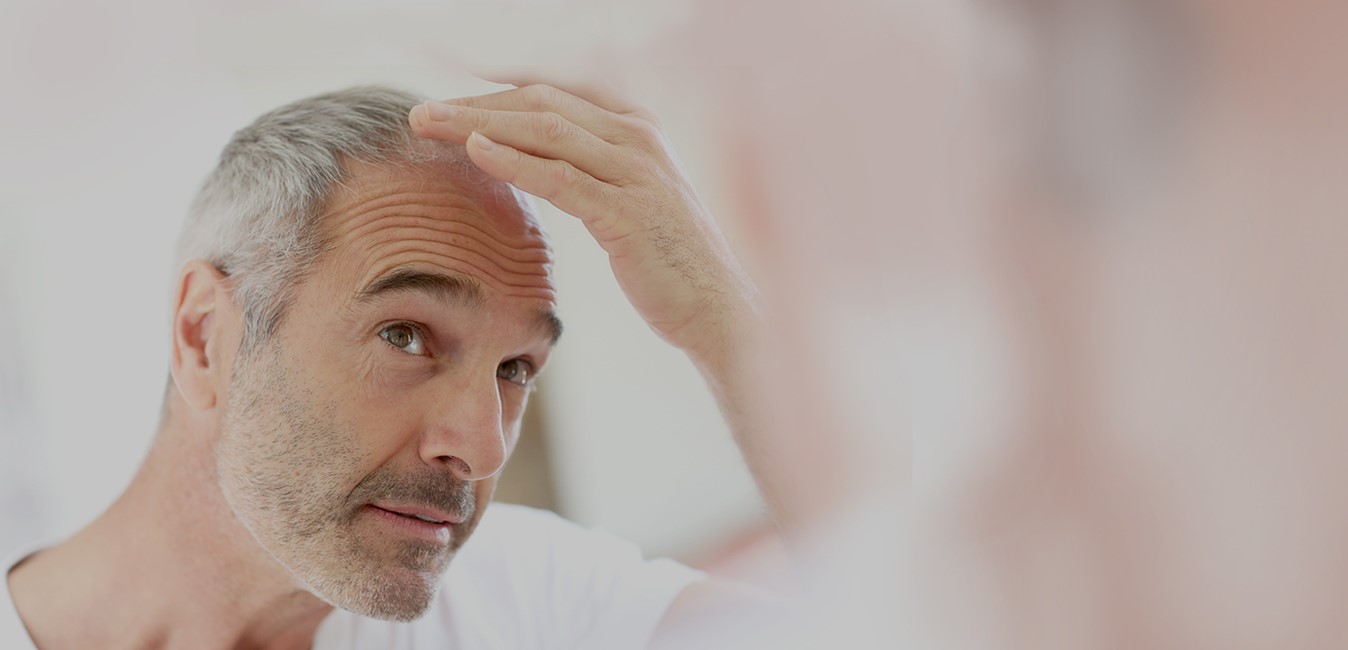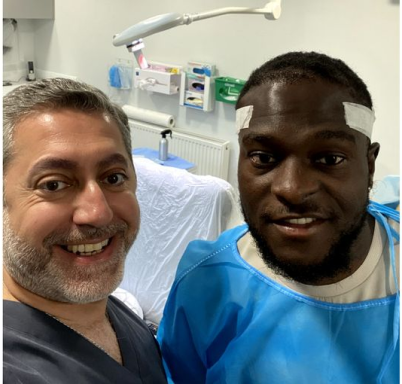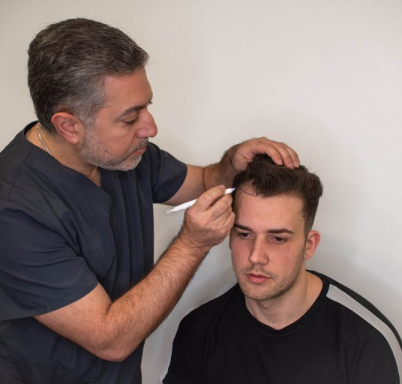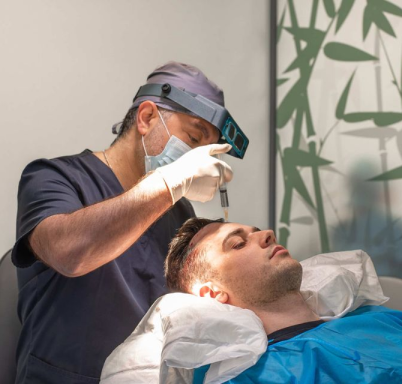MEN HAIR LOSS TREATMENT
Did you know that 85% of men experience significant hair thinning by the age of 50? Even worse, for some men, hair loss could start even before they are 21 years old. You should, however, know that when hair loss begins, it’s not a slippery slope. It’s a somewhat gradual process that takes about 20 years before you go completely bald. But then again, for some men, it could take them as little as 5 years. And unfortunately, there’s no sure-fire way of knowing how long it will take! Male baldness is the most common way in which men lose their hair. So there is a definite need for Hair Loss Treatment For Men. Here’s a look at what it’s all about and what science says as well.
Male Pattern Baldness

The Science Bit
The male hormone dihydrotestosterone (DHT) stimulates the hormone receptors at the front top crown of the scalp. This is generally considered as the non- permanent area. The hormone will then alter the life cycle of the hair roots, and this leads to hair loss as hair cannot grow anymore. Take note that the hair cycle is made up of a “growing phase” that takes up to 7 years. There is also the ‘resting phase’ that lasts about 3-4 months. The hormones released will typically turn the cycle around, making a growing phase shorter and on the other hand, increases the resting phase. This will eventually leave your head with little or no hair left.
Types of MEN's HAIR LOSS
The Norwood Classification of Hair Loss in Men. Here’s a highlight of the classed of hair loss that affects men. And you need to know that there are different Hair Loss Treatment For Men; depending on the pattern of hair loss.

Type 1
This is at the beginning where a youthful hairline that has not lost any hair rests above the upperforehead.

Type 2
An adult hairline forms about 1.5cm from the upper forehead crease. This type of hair loss is also accompanied bya temporal recession of hair.

Type 3
At this stage, you are advised to see a doctor as the temporal recession increases to a point where you have to act.

Type 3 Vertex
This occurs at the crown of the scalp, where the earliest signs of hair loss are noticed.

Type 4
This is characterised by further loss of hair at the crown and front of the head.

TYPE 5
At this stage, the hair loss is intense, and the bald region at both the front and the crown increases over time. The hair dividing the two areas also reduces in size.

Type 6
Here, the bridge that was dividing the two regions disappears completely as the bald areas encroach to meet. This leaves just a little patch of hair at the top of the head as most of the region is bald.

TYPE 7
This is the last stage and involves intense hair loss with only a few hair strands remaining at the permanent region.
Sideburns


Moustaches and Beards
HAIR TRANSPLANT TREATMENTS
talk to our team
Ready to turn back the clock? Book a consultation and we’ll build a treatment plan tailored to your needs.
Book aN consultation Contact Us